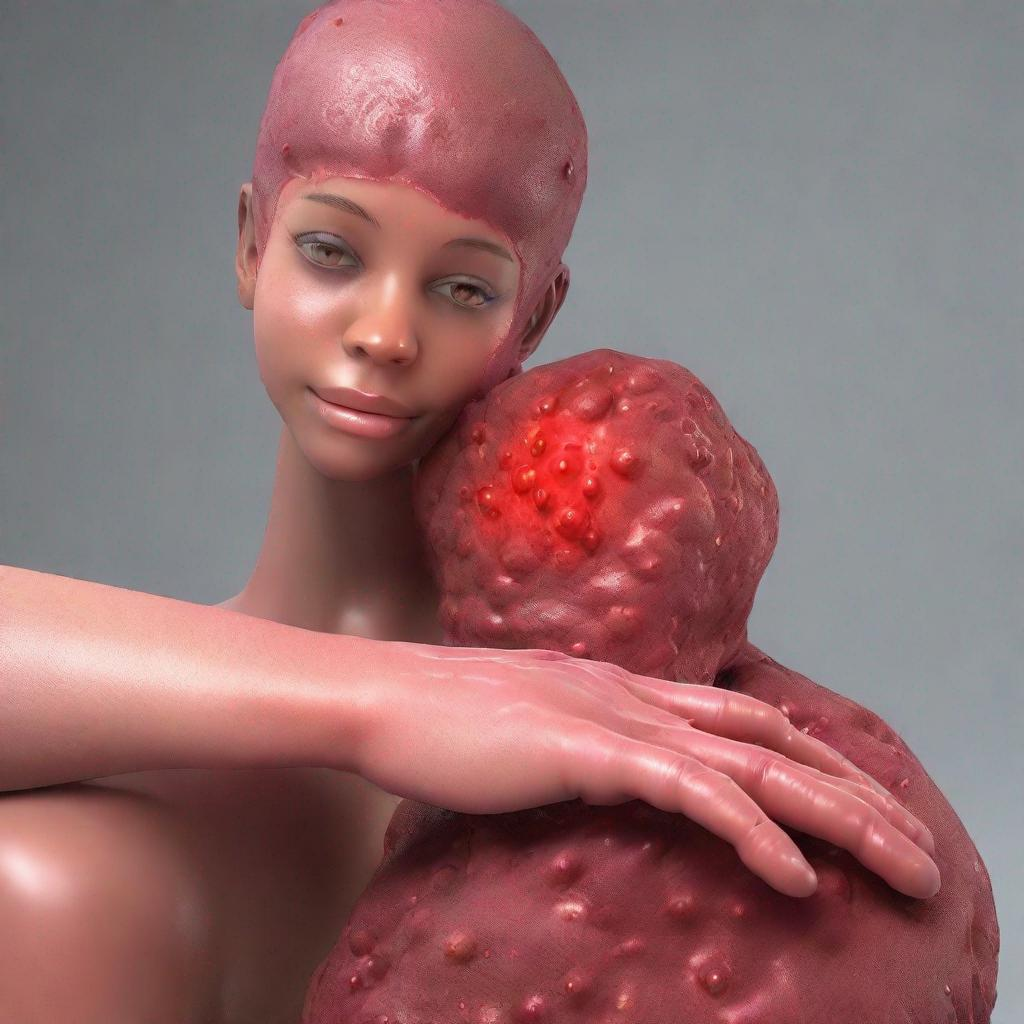**Leukemia: A Comprehensive Overview**
**Introduction**
Leukemia is a cancer of the blood and bone marrow. It occurs when cells that normally develop into healthy blood cells (leukocytes) become abnormal and multiply uncontrollably. These cancerous cells can accumulate in the bone marrow, blood, spleen, liver, and lymph nodes.
**Symptoms**
Common symptoms of leukemia include:
* Fatigue
* Weakness
* Fever
* Chills
* Night sweats
* Bone pain
* Joint pain
* Swollen lymph nodes
* Easy bruising or bleeding
* Frequent infections
**Diagnosis**
Leukemia is diagnosed through a combination of tests:
* **Blood test:** This test checks for the number and appearance of blood cells.
* **Bone marrow biopsy:** A sample of bone marrow is taken from the hip bone to examine the blood-producing cells.
* **Lumbar puncture (spinal tap):** A sample of cerebrospinal fluid is taken from the spinal cord to check for leukemia cells.
**Types**
There are two main types of leukemia:
* **Acute leukemia:** Characterized by rapid progression, and symptoms develop quickly.
* **Chronic leukemia:** Develops more slowly, and symptoms may take years to appear.
There are also several subtypes of leukemia based on the type of blood cell affected:
* **Lymphoblastic leukemia:** Affects B-lymphocytes or T-lymphocytes (white blood cells that fight infection).
* **Myeloid leukemia:** Affects granulocytes (cells that kill bacteria), macrophages (cells that ingest waste), or red blood cells.
* **Hairy cell leukemia:** A rare type of chronic leukemia that affects B-lymphocytes.
* **Large granular lymphocytic leukemia:** A rare type of chronic leukemia that affects large granular lymphocytes (a type of white blood cell).
**Prevention**
There is no known way to prevent leukemia. However, vaccinations against certain viruses, such as hepatitis B and human papillomavirus (HPV), can reduce the risk of developing certain types of leukemia.
**Treatment**
Treatment for leukemia depends on the type and stage of the disease. Common treatments include:
* **Chemotherapy:** Uses drugs to kill leukemia cells.
* **Radiation therapy:** Uses high-energy rays to shrink leukemia cells and kill them.
* **Stem cell transplant:** Replaces damaged bone marrow with healthy stem cells from a donor.
* **Targeted therapy:** Uses drugs that specifically target leukemia cells.
* **Immunotherapy:** Boosts the body’s immune system to attack leukemia cells.
**Complications**
Leukemia can lead to several complications, including:
* Anemia: A deficiency of red blood cells, leading to fatigue and weakness.
* Neutropenia: A deficiency of neutrophils (white blood cells that fight bacteria), increasing the risk of infections.
* Thrombocytopenia: A deficiency of platelets (cells that help blood clot), increasing the risk of bleeding.
**Prognosis**
The prognosis for leukemia varies depending on the type and stage of the disease, as well as individual patient factors. Some types of leukemia have high cure rates, while others are more difficult to treat. Regular follow-up care is essential to monitor for recurrence and manage any complications.




